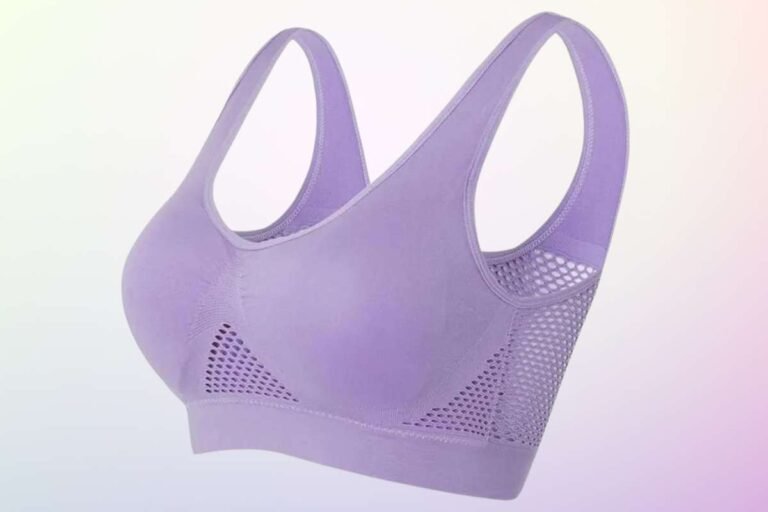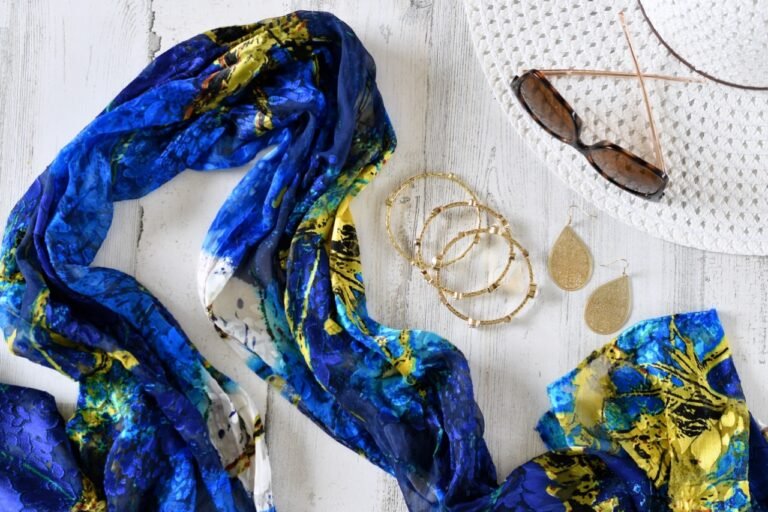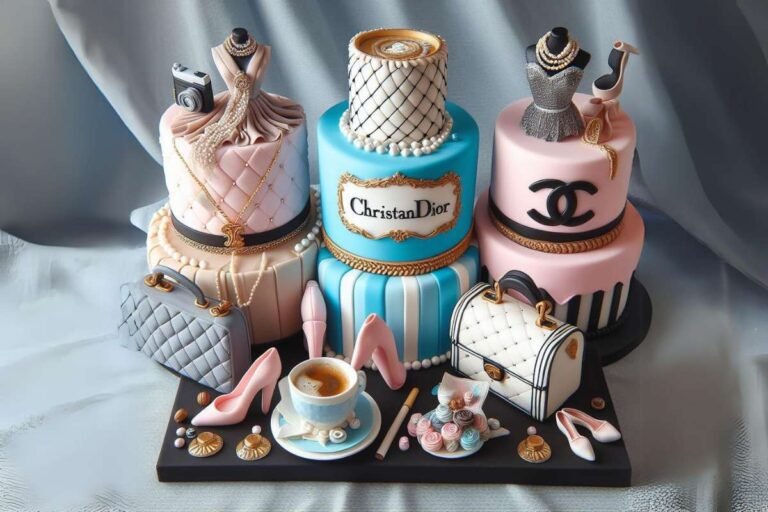What is Fashion Merchandising? A complete guide for success

Fashion merchandising is a crucial aspect of the fashion industry that involves the planning, development, and presentation of fashion products to meet the demands of consumers.
It encompasses a wide range of activities, including market research, trend analysis, product development, pricing strategies, inventory management, and promotion. Fashion merchandisers play a vital role in ensuring that fashion products are designed, produced, and marketed effectively to attract customers and generate sales.
Introduction to Fashion Merchandising
Fashion merchandising is the process of managing the flow of fashion products from the initial concept to the point of sale. It involves understanding the latest fashion trends, consumer preferences, and market dynamics to create successful fashion collections.
Fashion merchandisers work closely with designers, buyers, marketers, and retailers to ensure that the right products are available at the right time and place.
Importance of Fashion Merchandising
Fashion merchandising is essential for the success of any fashion brand or retailer. It helps to identify market opportunities, anticipate consumer needs, and develop innovative products that resonate with target audiences.
By analyzing market trends and consumer behavior, fashion merchandisers can make informed decisions about product design, pricing, and promotion, ultimately driving sales and profitability.
Roles and Responsibilities of a Fashion Merchandiser
Fashion merchandisers have diverse responsibilities, including:
- Analyzing the market to discover emerging trends and understand consumer preferences
- Collaborating with designers to develop fashion collections that align with brand identity and target market.
- Analyzing sales data and customer feedback to evaluate product performance and make recommendations for improvement.
- Developing pricing strategies that balance profitability with affordability and competitiveness.
- Managing inventory levels to ensure adequate stock availability while minimizing excess and obsolete inventory.
- Planning and executing promotional campaigns to drive traffic and sales both online and offline.

The Process of Fashion Merchandising
Fashion merchandising involves several key steps:
Market Research
Market research involves gathering data on consumer preferences, competitor strategies, and market trends. Fashion merchandisers analyze this information to identify opportunities and threats and make informed decisions about product development and marketing.
Trend Analysis
Trend analysis is essential for forecasting future fashion trends and predicting consumer demand. Fashion merchandisers monitor fashion shows, social media, street style, and other sources to identify emerging trends and translate them into commercial products.
Product Development
Product development involves conceptualizing, designing, and producing fashion products that meet the needs and preferences of target consumers.
Fashion merchandisers work closely with designers, suppliers, and manufacturers to develop high-quality products that reflect the brand’s image and appeal to its target market.
Pricing Strategies
Pricing strategies are crucial for determining the value proposition of fashion products and maximizing profitability.
Fashion merchandisers consider factors such as production costs, competitor pricing, and perceived value to set prices that are attractive to consumers while still generating sufficient margins for the brand.
Inventory Management
Inventory management involves planning and controlling the flow of merchandise from production to the point of sale.
Fashion merchandisers monitor inventory levels, replenish stock as needed, and implement strategies to minimize excess inventory and markdowns.
Promotion and Marketing
Promotion and marketing are essential for creating awareness and driving demand for fashion products. Fashion merchandisers develop promotional campaigns and marketing strategies that leverage various channels, including social media, advertising, events, and influencer partnerships, to reach target consumers and generate sales.
Skills Required for Fashion Merchandising
Fashion merchandising requires a unique blend of creativity, analytical skills, and business acumen. Key skills include:
- Creativity: Ability to identify trends, develop innovative product concepts, and create visually appealing presentations.
- Analytical Skills: Capacity to analyze market data, sales trends, and consumer behavior to inform decision-making and strategy development.
- Communication: Effective communication skills to collaborate with cross-functional teams, negotiate with suppliers, and engage with customers.
- Time Management: Strong organizational skills to manage multiple projects simultaneously and meet tight deadlines.
- Adaptability: Flexibility to adapt to changing market conditions, consumer preferences, and business priorities.
Educational Requirements and Career Opportunities
Fashion merchandising is a dynamic and competitive field that offers a wide range of career opportunities. While a formal education in fashion merchandising or a related field is beneficial, practical experience and industry connections are equally important for success. Entry-level positions may require a bachelor’s degree in fashion merchandising, marketing, business, or a related field, while more senior roles may necessitate additional experience or specialized training.
Career opportunities in fashion merchandising include:
- Merchandise Planner
- Retail Buyer
- Product Developer
- Visual Merchandiser
- Marketing Coordinator
- Fashion Trend Analyst
- Sales Representative
Challenges in Fashion Merchandising
Fashion merchandising is not without its challenges. Some common challenges include:
- Rapidly changing consumer preferences and market trends
- Intense competition from global and online retailers
- Pressures to deliver innovative products at competitive prices
- Seasonal fluctuations in demand and sales
- Supply chain disruptions and logistical complexities
Successfully navigating these challenges requires agility, creativity, and strategic planning to stay ahead of the curve and meet the evolving needs of consumers and the market.
Future Trends in Fashion Merchandising
The future of fashion merchandising is likely to be shaped by several key trends, including:
- Sustainability: Increasing consumer demand for ethically and sustainably produced fashion products is driving brands to adopt more environmentally friendly practices and materials.
- Digitalization: The rise of e-commerce and digital technology is transforming the way fashion products are marketed, sold, and consumed, creating new opportunities for brands to reach and engage with customers online.
- Personalization: Consumers are seeking personalized shopping experiences and customized products that reflect their individual tastes and preferences, prompting brands to invest in data-driven personalization strategies and technologies.
- Diversity and Inclusion: The fashion industry is becoming more diverse and inclusive, with brands embracing diversity in their marketing campaigns, product offerings, and hiring practices to better reflect and connect with a broader range of consumers.
As these trends continue to shape the future of fashion merchandising, brands and retailers must adapt and innovate to stay relevant and competitive in an ever-changing marketplace.

Conclusion
Fashion merchandising plays a crucial role in the fashion industry by bridging the gap between design and commerce.
By understanding market trends, consumer preferences, and business dynamics, fashion merchandisers can create successful fashion collections that resonate with target audiences and drive sales and profitability.
Despite the challenges and uncertainties facing the industry, the future of fashion merchandising is bright, with opportunities for innovation, growth, and positive impact.






